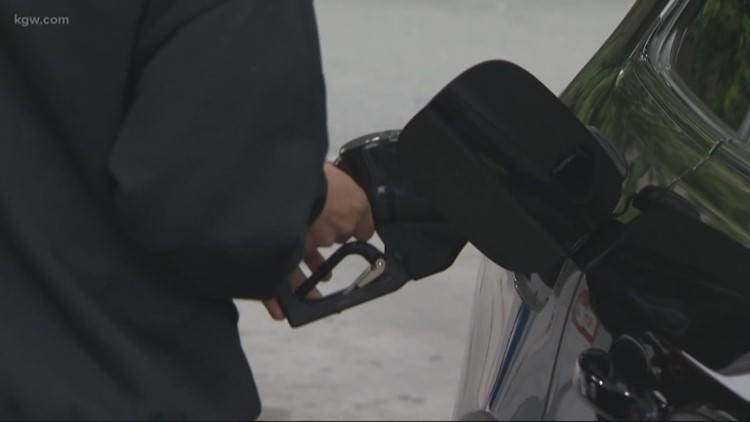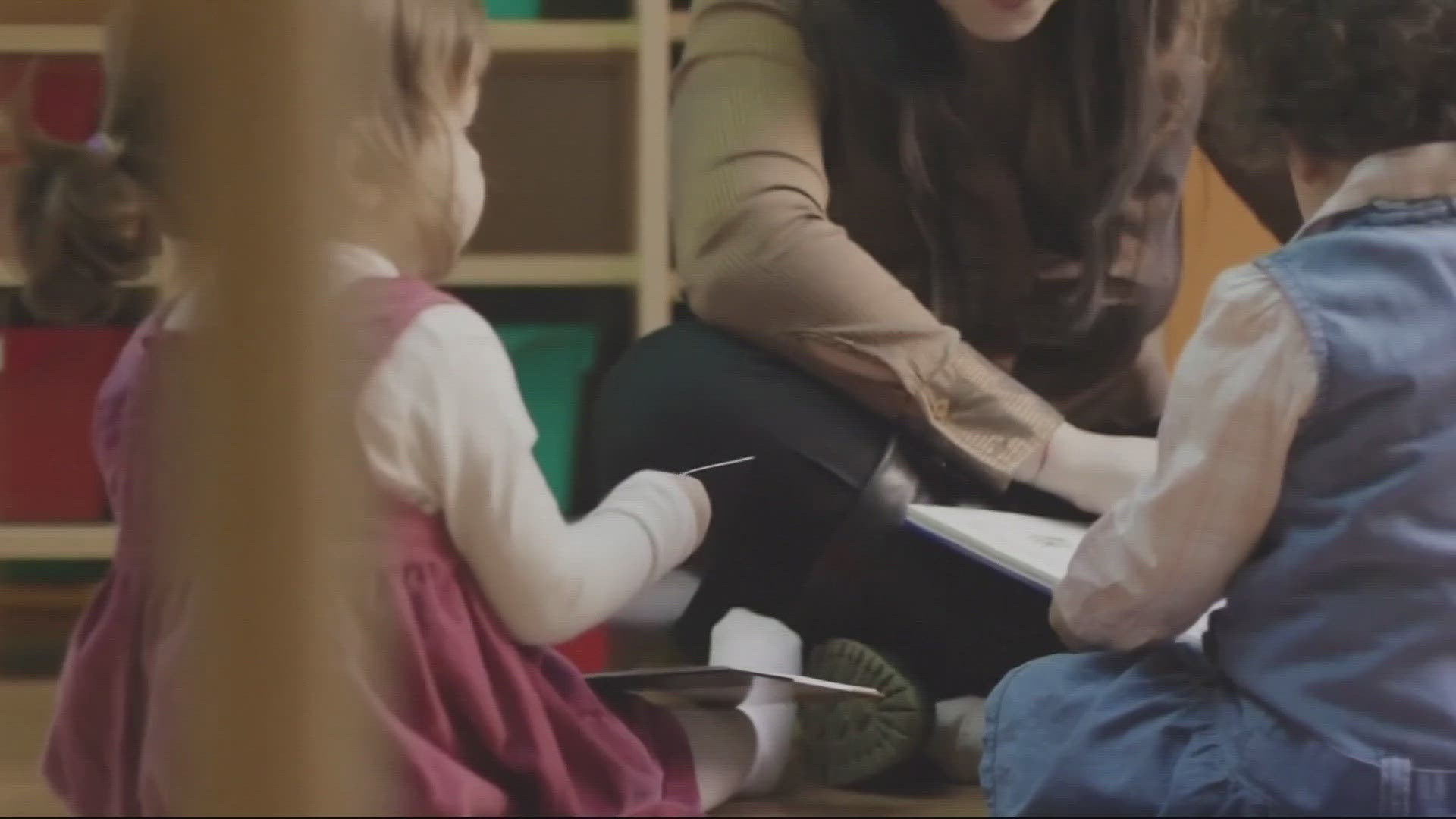SALEM, Ore. — A federal economic report released last week confirms what most Oregonians have probably noticed at grocery stores and gas pumps lately: stuff costs more.
Average prices in the West Region, which includes Oregon, are up 6% from where they were a year ago, according to the October Consumer Price Index report from the U.S. Bureau of Labor and Statistics. Annual inflation was about 2% during the prior decade, according to Josh Lehner, an economist with the State of Oregon.
The rate of inflation varies by sector. Energy prices are up 27.8%, for example, while food prices are up 5.4% and medical care prices are only up 1.2%. Even within sectors, there’s variation – the spike in energy prices is driven mainly by a 42.8% rise in gas prices, compared to only an 8.1% rise in electricity prices. Meat and egg prices have risen 14.6%, far more than most other food costs.
The cause of the rising inflation comes down to supply and demand, according to Lehner. Supply chain bottlenecks – such as cargo ships lined up at ports waiting to unload – have made headlines in recent months, but the demand side of the equation matters too.
“We're spending 15% more than we used to,” he said. “And so that means our supply chains are struggling... they're moving record volumes of goods and delivering them to our doorstep, but... we're trying to buy even more than we can deliver. So that's one of those root causes. So it's really the supply chain bottlenecks because the consumer demand is so strong.”
Oregon’s December 2021 Economic and Revenue Forecast, co-authored by Lehner and released on Wednesday, acknowledged the challenges posed by inflation and supply chain bottlenecks but painted an otherwise fairly rosy picture of the state’s economy.
The federal financial aid from earlier in the COVID-19 pandemic has been ebbing off, but major wage growth has filled that gap and kept household incomes and consumer spending at strong levels, according to the report.
Companies are seeking to hire very quickly as they emerge from the pandemic and recession, resulting in a tight labor market that has led to significant gains in worker wages, according to the report. Taxable wages and salaries are therefore higher than before the pandemic, leading to more state revenue, even though the employment rate has not fully recovered.
Inflation is also contributing to higher tax revenue, according to the report, because the high level of consumer demand gives businesses more flexibility to raise their prices and pass costs on to consumers, creating higher taxable business profits.
Oregon’s economy is on track to reach full employment in a year, according to the report, which would be a three-times faster than the recovery period after the 2008 recession. Inflation is expected to ease up next year as supply chains begin to catch up with the pace of demand, although Lehner said it remains to be seen if it will settle back near a comfortable 2% rate.
“If it settles in that 2 or 3% range, I think we'll go on about our economic lives,” he said. “If it settles more on the 4 or 5% range, then we have an interesting situation where the federal reserve may have to step in and raise rates faster than anticipated to cool off the economy.”
Another positive economic sign: Oregonians already knew they were set to receive kicker payments when they file their taxes next year, but the latest forecast predicts that another round excess revenue could go back to taxpayers in 2024.
Oregon operates on a biennial budget cycle, and the kicker law is triggered if revenue over the two-year period turns out to be at least 2% higher than what the state forecasted at the start. The excess revenue gets refunded to taxpayers.
The revenue forecast for the 2022-23 biennium was made at the close of the last legislative session back in May, and the state’s economic outlook has improved since then. The current revenue forecast is about 2.5% larger, which would be enough to trigger a 2024 kicker – although it’s still far from guaranteed, Lehner cautioned.
“We're expecting the kicker to be paid out in 2024 provided the next 18 months of the economy look like (what) we expect the next 18 months of the economy to look like,” he said.
KGW's Andrew Dorn contributed to this story.



